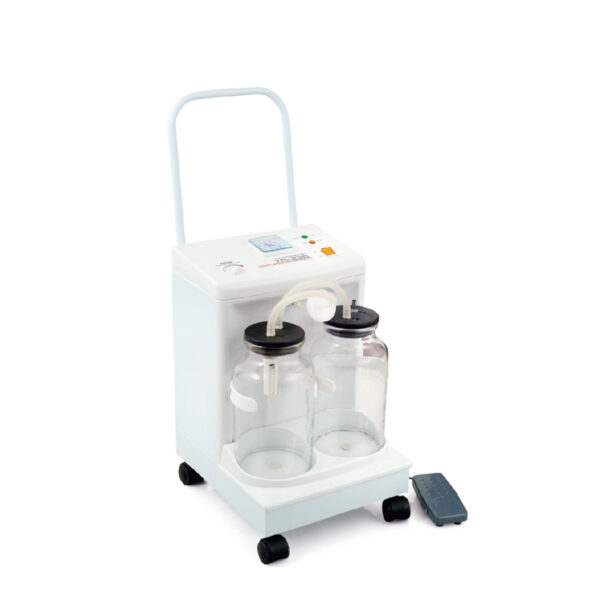Unlock the Secret to Choosing the Perfect Dental X-Ray Machine That Transforms Your Practice!
In the world of modern dentistry, the role of dental x-ray machines cannot be overstated. These devices are vital for diagnosing dental conditions, planning treatment, and ensuring the best outcomes for patients. With the rapid advancements in technology, dental x-ray machines have become more efficient and user-friendly, making them an indispensable asset in any dental practice. However, with numerous options available, selecting the right dental x-ray machine can be overwhelming for practitioners. This article aims to guide you through the process of choosing the perfect machine that meets your specific needs, enhances your practice's efficiency, and ultimately benefits your patients.

Understanding Dental X-Ray Machines
Dental x-ray machines are specialized devices that use radiation to capture images of the teeth, gums, and surrounding structures. These images allow dentists to identify issues that may not be visible during a routine examination, such as cavities, bone loss, or impacted teeth. There are several types of dental x-ray machines available, including intraoral, extraoral, and cone-beam computed tomography (CBCT) systems. Intraoral machines are the most common, capturing images from inside the mouth to provide detailed views of individual teeth. Extraoral machines, on the other hand, take images from outside the mouth, ideal for broader views of the jaw and facial structure. CBCT systems provide three-dimensional images, offering a comprehensive look at dental anatomy and aiding in complex treatment planning.
Key Factors to Consider When Choosing a Dental X-Ray Machine
When selecting a dental x-ray machine, there are several essential features to consider. First and foremost is image quality. High-resolution images are crucial for accurate diagnosis and treatment planning. Ease of use is another important factor. A user-friendly interface can streamline the workflow and reduce the time spent on each procedure. Additionally, safety protocols must be a priority. Look for machines that incorporate advanced safety features, such as dose management technology, to protect both patients and staff from unnecessary radiation exposure.
Another critical aspect is patient comfort. Machines that minimize discomfort during imaging can significantly improve the patient experience. Furthermore, consider workflow efficiency. A machine that integrates seamlessly into your existing processes can enhance productivity in your practice. For instance, I once had a friend who invested in a dental x-ray machine that had a direct digital imaging feature, allowing for immediate results. This not only saved time but also improved the overall patient experience, as they could discuss findings with patients right away.
Budget Considerations
Budgeting for a dental x-ray machine requires a careful balance between cost and features. While it may be tempting to opt for the cheapest option, remember that investing in quality equipment can lead to long-term savings through increased efficiency and better patient outcomes. It's also wise to explore financing options available for dental practices. Many suppliers offer payment plans or leasing options, making it easier to acquire the necessary technology without straining your finances. Additionally, consider the long-term investment value of the machine. A higher upfront cost may be justified if the machine improves diagnostic capabilities and enhances patient care.
Comparing Different Models
When it comes to comparing different models of dental x-ray machines, establishing a clear framework is essential. Start by listing the specifications that are most important for your practice, such as image quality, ease of use, and safety features. Create a comparison chart to evaluate how each model meets these criteria. Additionally, don't underestimate the power of reviews and case studies. Speaking with colleagues who have experience with different machines can provide invaluable insights. For instance, a friend of mine shared their experience with a particular model, highlighting its reliability and ease of maintenance, which ultimately influenced my decision-making process.
Making the Purchase Decision
Before making a final purchase decision, summarize the steps you’ve taken throughout the selection process. Review your comparison chart and weigh the pros and cons of each machine. Consulting with colleagues in the dental community can also provide additional perspectives that might inform your choice. Conducting thorough research is imperative—take the time to read up on the latest advancements in dental x-ray technology and understand how they can benefit your practice. By gathering as much information as possible, you’ll be equipped to make an informed decision that aligns with your practice's goals and patient care standards.
Final Thoughts on Your Dental X-Ray Machine Selection
In conclusion, selecting the right dental x-ray machine is a critical decision that can significantly impact your practice's efficiency and the quality of care you provide to your patients. By understanding the different types of machines available, considering key factors such as image quality and patient comfort, and conducting thorough research, you can make a well-informed choice. Remember, the right machine will not only enhance your diagnostic capabilities but also improve the overall patient experience. So take the time to evaluate your options and invest wisely in the future of your dental practice.
Now is the time to put this guidance into action and choose a dental x-ray machine that will truly transform your practice!







